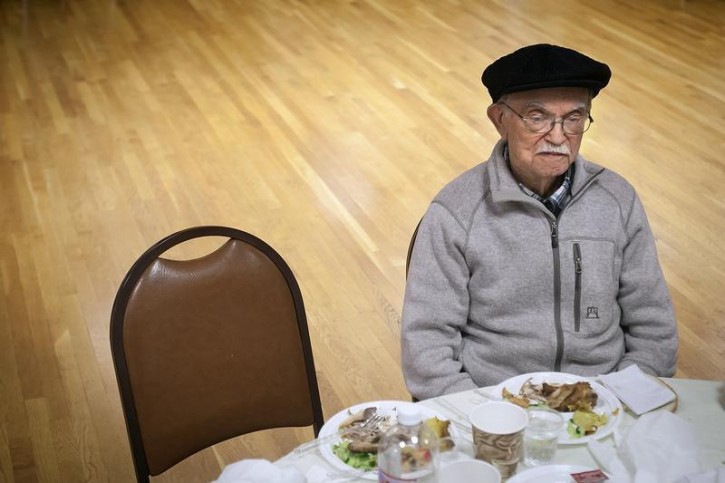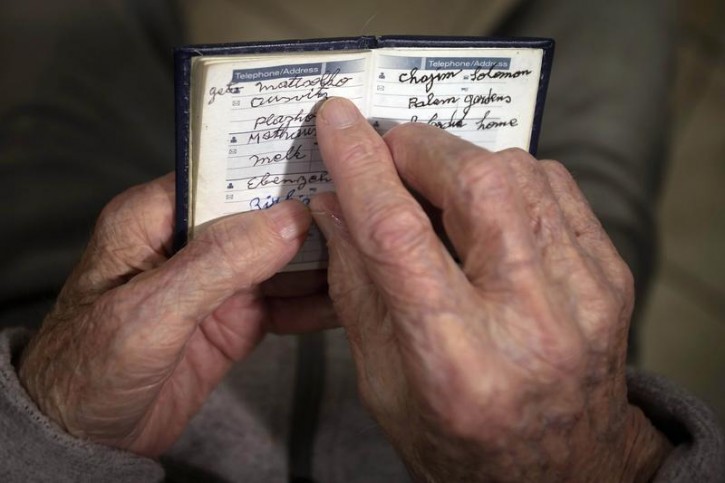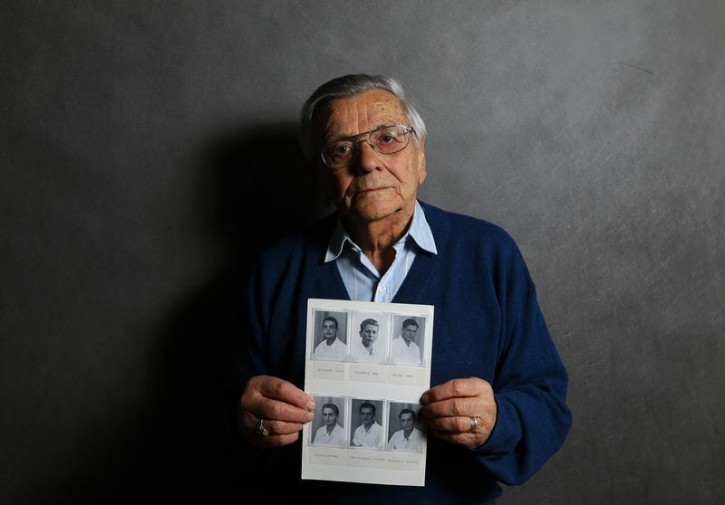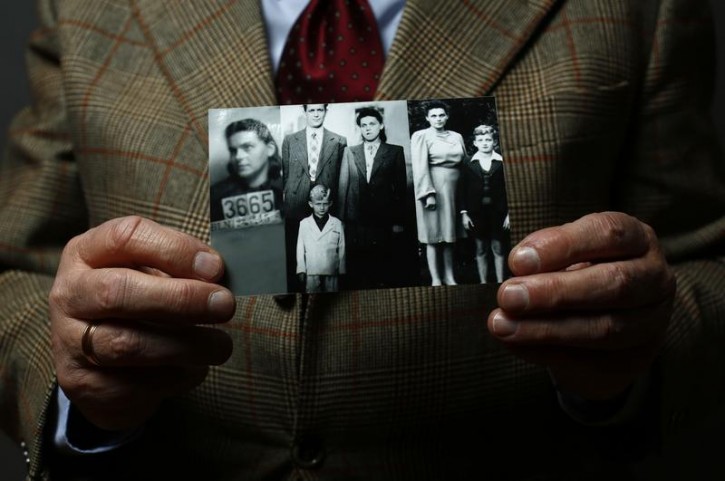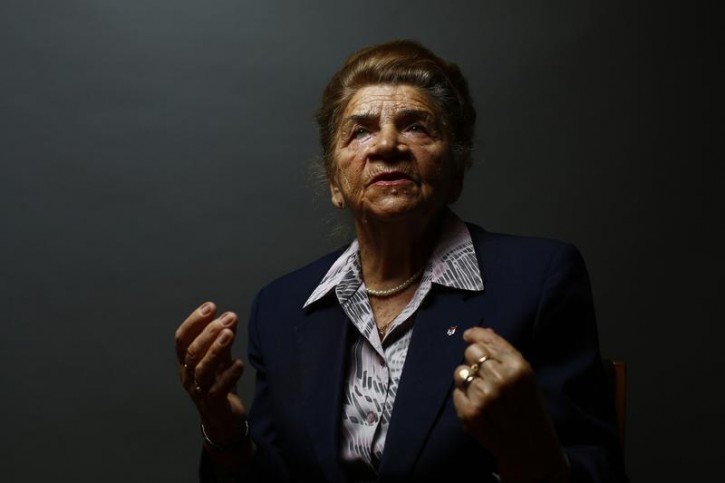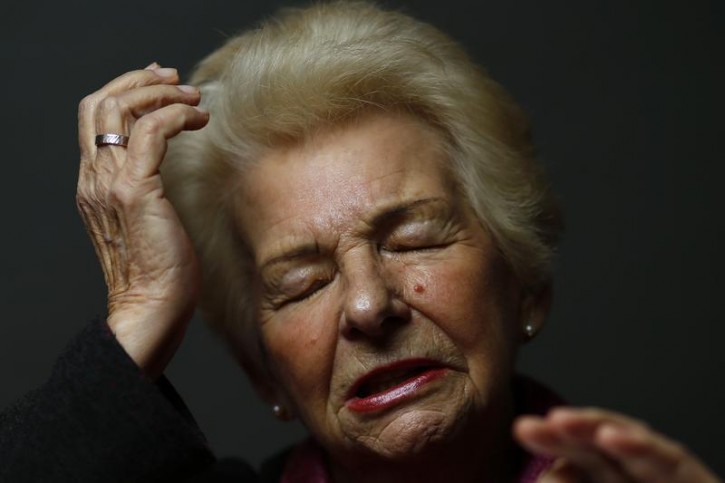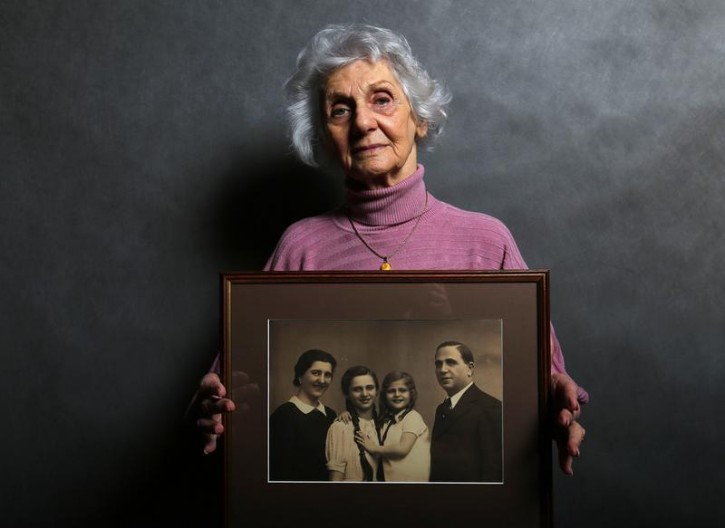 Poland – With the 70th anniversary of the liberation of the Auschwitz concentration camp by Soviet Red Army troops on January 27th, 1945, Reuters photographers got together to take portraits of Auschwitz survivors who are still alive today to tell the stories of their terrible ordeals and ensure that what happened during the Holocaust never be forgotten.
Poland – With the 70th anniversary of the liberation of the Auschwitz concentration camp by Soviet Red Army troops on January 27th, 1945, Reuters photographers got together to take portraits of Auschwitz survivors who are still alive today to tell the stories of their terrible ordeals and ensure that what happened during the Holocaust never be forgotten.
Subscribe to our Daily Roundup Email
Located in Nazi-occupied Poland, the Auschwitz concentration camp is estimated to have killed 1.1 million people, most of whom were Jews. Of the 200,000 inmates that were freed in 1945, about 300 are alive today.
Many of the survivors in this photo series are Poles who were sent to Auschwitz during the Warsaw Uprising, but the Nazi government sent inmates to Auschwitz from all over Europe. Many chose to post with photos of the families they lost as well.
On my first meeting with survivors of Auschwitz, I was really stressed.
How could I combine being a journalist, asking questions about their tragedy, and at the same time concentrate on getting good pictures?
But I quickly found very open people who wanted to be photographed and to share their stories, as difficult as that was. With some, I spent a couple of hours.
My colleague Laszlo Balogh from Hungary and I had decided to photograph Auschwitz survivors in Poland and Hungary ahead of the 70th anniversary of the camp’s liberation this month, and to shoot the portraits in the same style.
I arranged to meet the survivors in their homes and to spend a proper amount of time with them, mainly talking and listening rather than trying to shoot their portraits.
But halfway through the assignment I was invited to a weekly meeting of a survivors’ association, who suggested we set up a “studio” at their premises.
Then the hard part began. Even though I knew it was not the first time these people were sharing their stories, it was not easy for them to bring up memories and photographs of their tragic survival.
It really was a difficult day. After listening to those terrible stories, more than five in one day, I was exhausted — physically, but more so mentally.
I thought I could expect what I was going to hear but I don’t think anyone could be prepared for such stories, and this many in one go.
Stories of survivors, stories of people who were children at the time.

